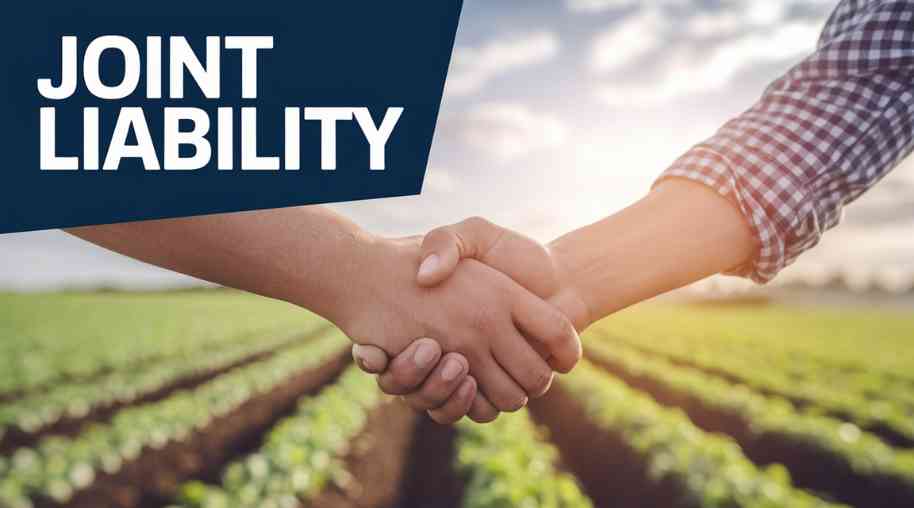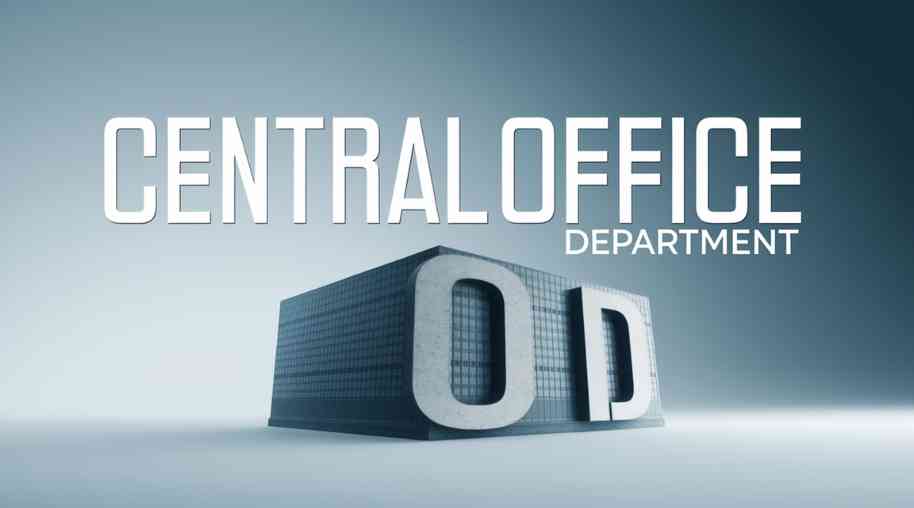JLG Full Form-Joint Liability Group
by Shashi Gaherwar
0 2066
Joint Liability Group (JLG): A Financial Inclusion Model for Small Borrowers
Introduction
Financial inclusion is essential for economic development, particularly for small farmers, rural entrepreneurs, and individuals without access to formal credit. The Joint Liability Group (JLG) model has significantly enhanced credit access for such groups by enabling collateral-free loans through shared repayment responsibility. This article explores the concept, benefits, mechanism, challenges, and impact of JLGs in India and beyond.

What is a Joint Liability Group (JLG)?
A Joint Liability Group (JLG) is a small informal group of 4 to 10 members who collectively avail loans from financial institutions under a shared liability agreement. This model benefits farmers, small entrepreneurs, and self-employed individuals lacking collateral for traditional loans. The core principle is mutual guarantee—each member ensures repayment for the entire group, fostering financial discipline and higher loan recovery rates.
Objectives of JLG
- Enhance Credit Access: Provides financial assistance to small farmers, artisans, and rural entrepreneurs.
- Promote Financial Inclusion: Integrates unbanked and underprivileged communities into the formal financial system.
- Improve Repayment Discipline: Encourages accountability and timely repayments through collective responsibility.
- Reduce Credit Risk: Minimizes default risk for lenders via shared liability.
- Encourage Entrepreneurship: Supports small businesses and farmers to expand with accessible funds.
How JLG Works
The JLG model follows a structured process:
- Group Formation: 4 to 10 members with similar financial needs and mutual trust form a JLG.
- Loan Application: The group applies for a loan from a bank, microfinance institution (MFI), or cooperative society.
- Assessment & Approval: The lender evaluates the group’s creditworthiness and repayment capacity.
- Loan Disbursement: Funds are disbursed to the group or individual members based on their needs.
- Monitoring & Repayment: Members support each other to ensure effective loan utilization and timely repayments.
- Revolving Credit: Successful repayments enhance the group’s creditworthiness, enabling access to larger loans.
Types of Joint Liability Groups
- Agricultural JLGs: Provide loans for small farmers to purchase seeds, fertilizers, and irrigation equipment.
- Non-Agricultural JLGs: Support artisans, self-employed individuals, and micro-entrepreneurs with working capital.
Benefits of JLG Model
The JLG model offers significant advantages:
- For Borrowers:
- No Collateral: Enables credit access for those without assets.
- Lower Interest Rates: More affordable than informal moneylenders.
- Peer Support: Members share knowledge, fostering collective growth.
- Credit History: Builds a financial track record for future borrowing.
- For Lenders:
- Reduced Risk: Shared liability ensures higher repayment rates.
- Market Expansion: Reaches rural and underserved markets.
- Lower Costs: Group lending reduces operational costs compared to individual loans.
Challenges Faced by JLGs
- Group Formation Issues: Finding members with mutual trust can be challenging.
- Social Conflicts: Defaults by one member may cause friction within the group.
- Limited Financial Literacy: Many borrowers lack knowledge of loan management.
- Monitoring Challenges: Lenders struggle to track loan utilization effectively.
- Dependence on Facilitators: Reliance on NGOs or SHGs may impact sustainability.
Impact of JLG in India
Promoted by the National Bank for Agriculture and Rural Development (NABARD), JLGs have transformed financial inclusion in India’s rural economy.
- Agricultural Productivity: Farmers invest in better techniques, boosting yields.
- Poverty Alleviation: Credit access improves income and living standards.
- Women Empowerment: Women-led JLGs promote gender equality in financial decisions.
- Micro-Enterprise Growth: Entrepreneurs access working capital, creating employment.
The Joint Liability Group (JLG) model is a powerful tool for financial inclusion, enabling small borrowers to access credit and fostering rural development, poverty reduction, and economic growth.
Further Learning Resources
If you’re passionate about building a successful blogging website, check out this helpful guide at Coding Tag – How to Start a Successful Blog. It offers practical steps and expert tips to kickstart your blogging journey!
For dedicated UPSC exam preparation, we highly recommend visiting www.iasmania.com. It offers well-structured resources, current affairs, and subject-wise notes tailored specifically for aspirants. Start your journey today!

Share:








Comments
Waiting for your comments